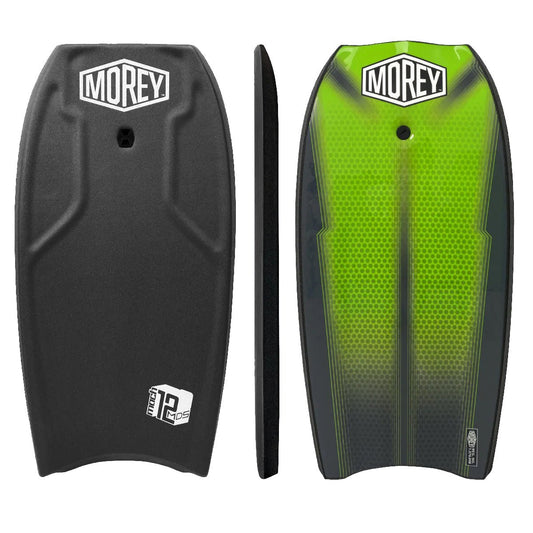
The Evolution of Bodyboard Prices Since the 2000s
Share
While flipping through old bodyboarding magazines to draw inspiration from past collections, I realized that bodyboard prices in Europe have changed very little since the early 2000s. Back then, BZ was already offering boards priced around 400 euros, which is equivalent to the cost of high-end models today. However, when factoring in inflation and the increase in the cost of raw materials, primarily linked to energy prices, these same boards would be valued at around 600 euros (with a 50% inflation rate). How can we justify that board prices have not increased significantly?
The Early-2000s: Factories moved to Asia.
Firstly, it was during this period that many factories chose to relocate to Asia. We invite you to listen to one of Riptide's podcasts with Nick Mesritz, where he explains his decision to establish a company in Indonesia. The relocation resulted in significantly more competitive prices while still maintaining high-quality materials, especially with the introduction of PP cores and Surlyn slicks.
But with time, this led to an increase in prices, but also an improvement in board performance.
In the mid-2000s, prices for entry-level bodyboards remained relatively stable, but premium models with advanced features and materials started to cost between 250€ and 350€. These boards were marketed towards serious riders and competitive bodyboarders who were willing to invest in high-quality equipment.
This relocation also led to increased competition among businesses. Several brands emerged during this period when demand was relatively stable. The significant supply helped to keep selling prices relatively low, which was positive for consumers' wallets but not for the overall market. Reduced profit margins didn't allow for sufficient investment in the market and, consequently, in marketing efforts.
The progression of bodyboard prices since the 2000s doesn't reflect the economic 's growth. While premium bodyboards have become more expensive due to improved materials and design they are still very affordable compared to what they should cost if we had to apply the early 2000s economics models. But there are still affordable options available for newcomers to the sport. The diversity of bodyboards on the market today ensures that riders of all skill levels and preferences can find the perfect board for their needs, even if it means paying a premium for top-tier performance. Ultimately, the evolving landscape of bodyboard prices mirrors the sport's ongoing development and appeal to enthusiasts worldwide.



